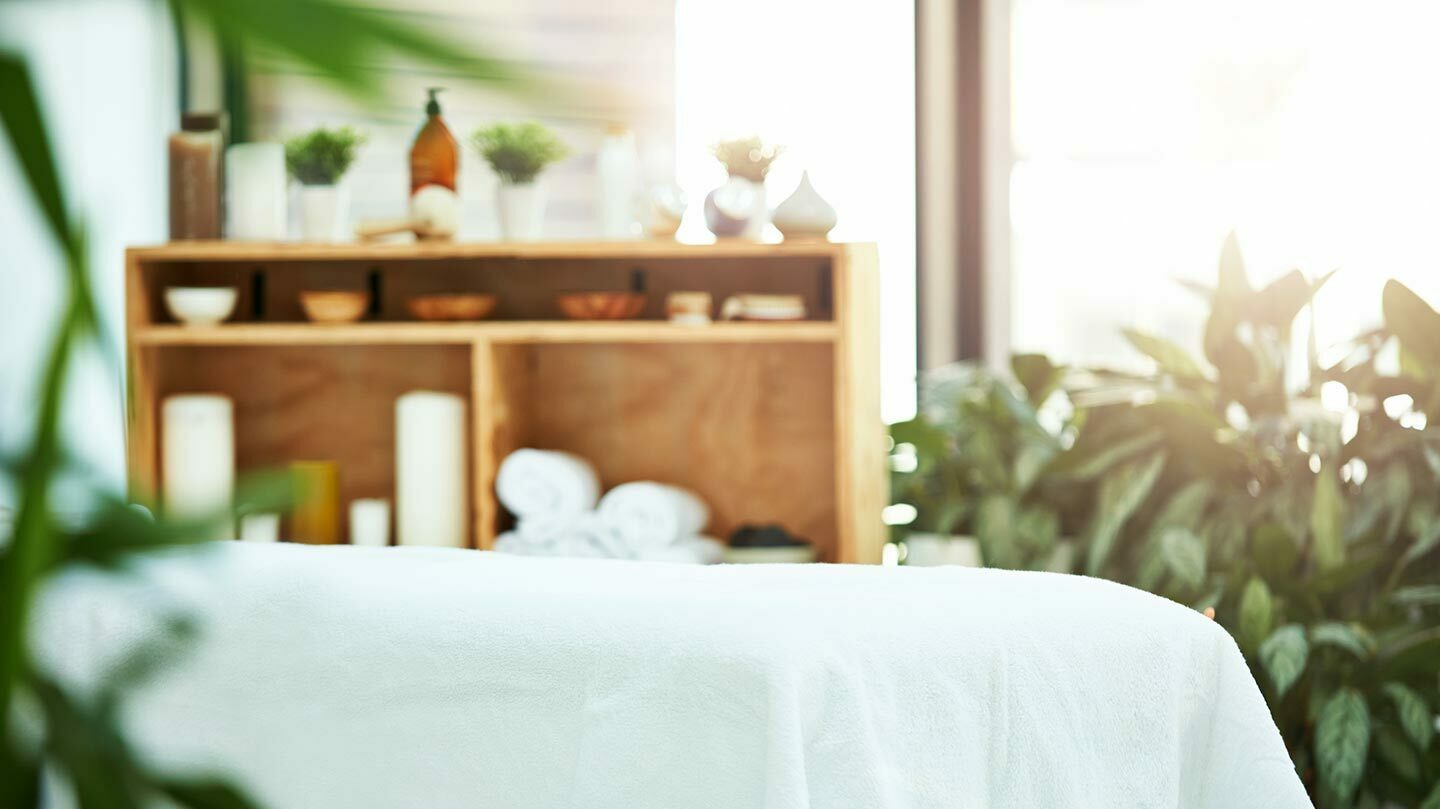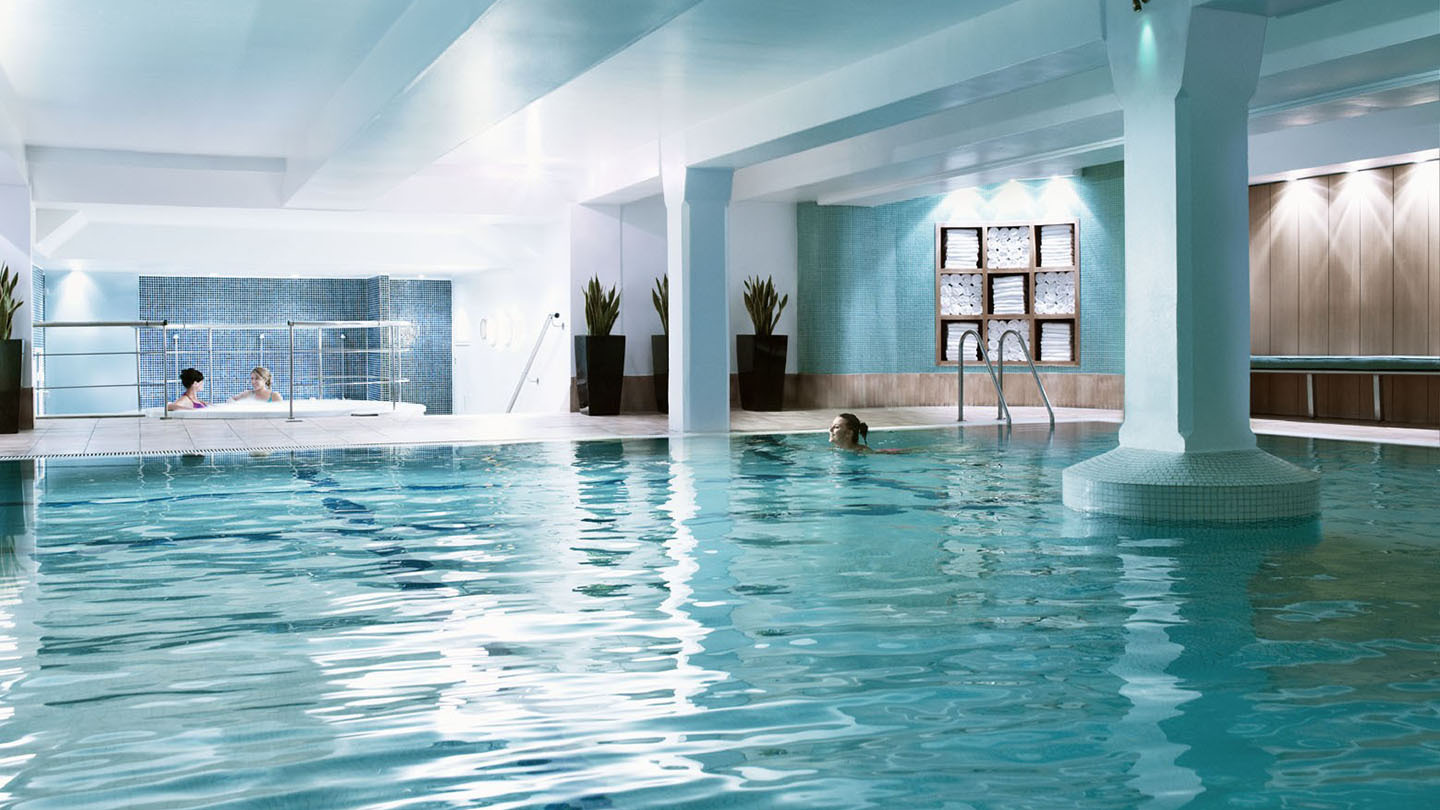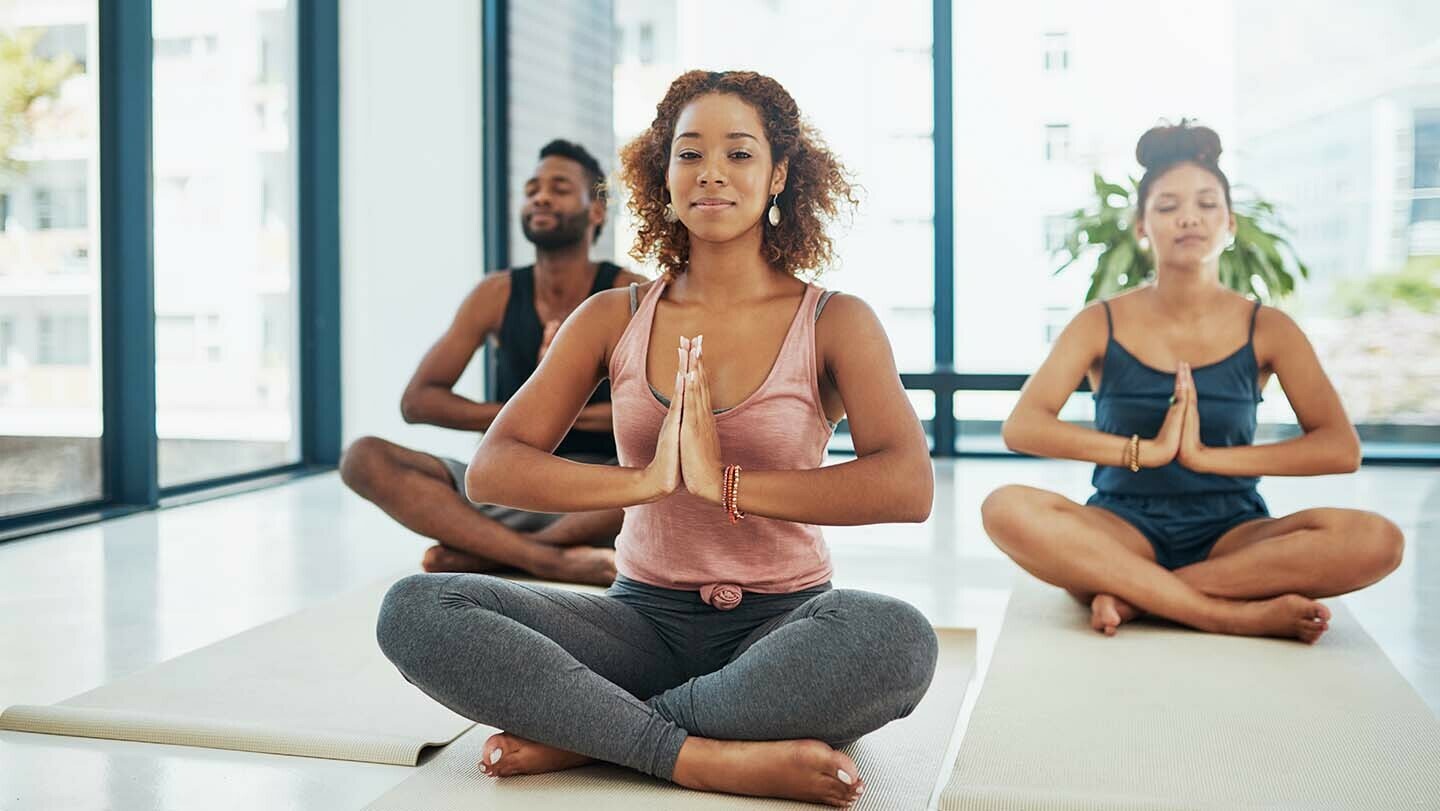According to Fit for work, back pain is the biggest cause of work-related absence in the UK. A large, complex region of our bodies containing bones, disks, ligaments, tendons, muscles and nerves, it’s little wonder pain strikes from time-to-time.
But whether you’re struggling with a nagging sporting injury, dealing with a long-term condition or simply feeling the aches and pains of old age, back pain can be really debilitating. We’ve got 10 ideas to help ease the agony, all taking place in a spa.

1) Massage
The most common treatment found on the spa menu, most of us will have enjoyed a massage at one time or another. But with as many types available as there are types of back pain, how can you guarantee results – not to mention value-for-money? This is where your spa therapist comes in. Tell them where the pain is, how long you’ve sustained it and what’s causing it (if you know). Then let them suggest a massage to suit.
Shiatsu, where strategic pressure is applied to muscles and connective tissue, is particularly good for lower back pain, while lymphatic drainage can ease chronic pain in the short term by ridding the body of toxins. If you’ve sustained a sporting injury, a Swedish massage is good for releasing tight muscles or, for a heat targeted massage, opt for a hot stones or hot poultice treatment.
2) Reiki
Moderate lower back pain can sometimes be eased through reiki, an ancient Japanese spiritual healing practice that helps your system find balance. When our nervous systems are out of whack, we can feel emotional and anxious, often resulting in unexplained pain. One session of reiki may slow your heart rate down, making you feel more relaxed. Sessions usually last an hour and take place on a chair or a comfortable couch. You remain clothed while your practitioner lays his or her hands on your head before moving them to the area where pain is prevalent. Ask your practitioner to teach you some important breathing techniques to use when you return home.

3) Acupuncture
Acupuncture is a form of Traditional Chinese Medicine which uses small, thin needles to encourage the nerves in your muscles and tissues to release endorphins, the body’s natural painkiller. The result is increased blood flow which may help alleviate short-term back pain associated with conditions like kidney infections. It might also help pregnancy-related back pain, as well as give short-term relief for unexplained or chronic lower back spasms. If you have ever fancied acupuncture but are worried about being in pain, ask your acupuncturist to show you the needles they use – they are as thin as a strand of cotton; seeing them should put your mind at ease.
4) Ayurveda
The Ayurvedic treatment kati-basti targets sciatica - leg pain that originates in the lower back and travels through the sciatic nerve. Here flour is used to create a well on the lower back which is then filled a soothing hot oil. This penetrates the skin and increases blood circulation in the area, reducing stiffness and relieving pain. If the pain is severe, you can opt for a Therapeutic Enema, a last resort where hot oil is inserted into the colon to reach the source of the pain faster. Check your nearest Ayurveda centre to see if they offer kati-basti.

5) Sauna/steam room
We often reach for the hot water bottle to apply heat to specific parts of our body during bouts of pain; a visit to the sauna or steam room works in a similar way. The hot, dry heat of a sauna is particularly good for alleviating muscle ache in the back – perhaps brought on by a challenging game of squash – or the pain associated with arthritis, as it encourages blood flow.
In the steam room, moist heat penetrates quickly into the muscles helping those aches and pains that are associated with being ‘under the weather’. Both rooms will work to relax your muscles – and your mind.
6) Hydropool
Ahh the hydro-pool: hot, bubbly water with powerful jets to pummel away your aches and pains. Sitting in the warm water for 20 minutes or more is a gentle form of massage. Some spa pools have swan-necks - tall metal pipes from which water cascades in powerful jets. Stand under one and position your back so the jets are aimed at your sore spots. This is particularly good for pain stemming in the upper back, perhaps caused by lifting boxes or overdoing it at the gym. Wider pipes that are more like strong waterfalls can be good for shoulder pain. If your ache is lower down, turn the bubbles on and sit on top of the jets until they are working the correct point.

7) Meditation
Long-term pain can affect our ability to sleep, focus and get around, as well as putting a dark cloud on our mood. Meditation focuses the mind away from the pain by concentrating on breathing. At a spa, you’re likely to be asked to sit or lie down in a quiet, darkened room and told to visualise a colour or recall a happy memory. If you can ‘stay in the moment’ (and not let your mind wander), you’ll feel the benefits. Meditation has been proven to work particularly well in sufferers of osteoporosis and other diseases where symptoms aren’t likely to improve. A good amount of practice is often needed to master the art of meditation but, once ingrained, it can adopted almost anywhere that’s quiet, making it a very useful tool.
8) Pilates
Pilates is a combination of abdominal stretching, postural awareness and breathing designed to strengthen core muscles and improve posture – slouching at a desk being one of the most common sources of lower back pain. Specific exercises for lower back pain include the Pelvic Tint, the Chest Lift and the Hamstring Stretch.
Patients with twinges stemming from excessive movement or disc/joint degeneration are particularly likely to benefit from Pilates. The Roll Back movement (lying on the floor and moving your torso up until you are in the upright position; arms outstretched) can relieve tension in back muscles creating a greater sense of movement in the spine.

9) Yoga
Yoga has the potential to alleviate lower back pain with certain positions good for stretching hard-to-reach muscles. Before beginning a class, however, tell the instructor where your particular pain is so that you can sit out of positions that are likely to do more harm than good.
Yoga poses that are specifically recommended for back pain include the Supine Twist (twisting can be an instant pain reliever), the Sphinx (which stimulates the sacral-lumbar arch), the Thread the Needle (which concentrates on movement in the hips), the Cat and Cow pose (which stretches the spine) and, everyone’s favourite, the Downward Facing Dog (which slowly lengthens and decompresses the spine).
10) Tai Chi
Emulating the motions and ideas behind the ancient Chinese martial art Tai Chi Quan, Tai Chi is a gentle form of exercise which can help ease the pain associated with arthritis. Deliberate, flowing movements are used to create and hold shapes. Once in position, practitioners use focused, rhythmical breathing to enter a meditative state. Training the body to avoid slouching through better posture and spinal alignment reduces stress on the spine, which may help alleviate back pain. Tai Chi is also gentle, making it safe to for people of all ages to practice.

Stylish Spy
3rd October 2018
Spy Likes:
Minimalist lines; organic products; facial massage; tranquillity; interesting people-watching.
Spy Dislikes:
Discarded towels on loungers; steam rooms that aren't steamy; mobile phones.
